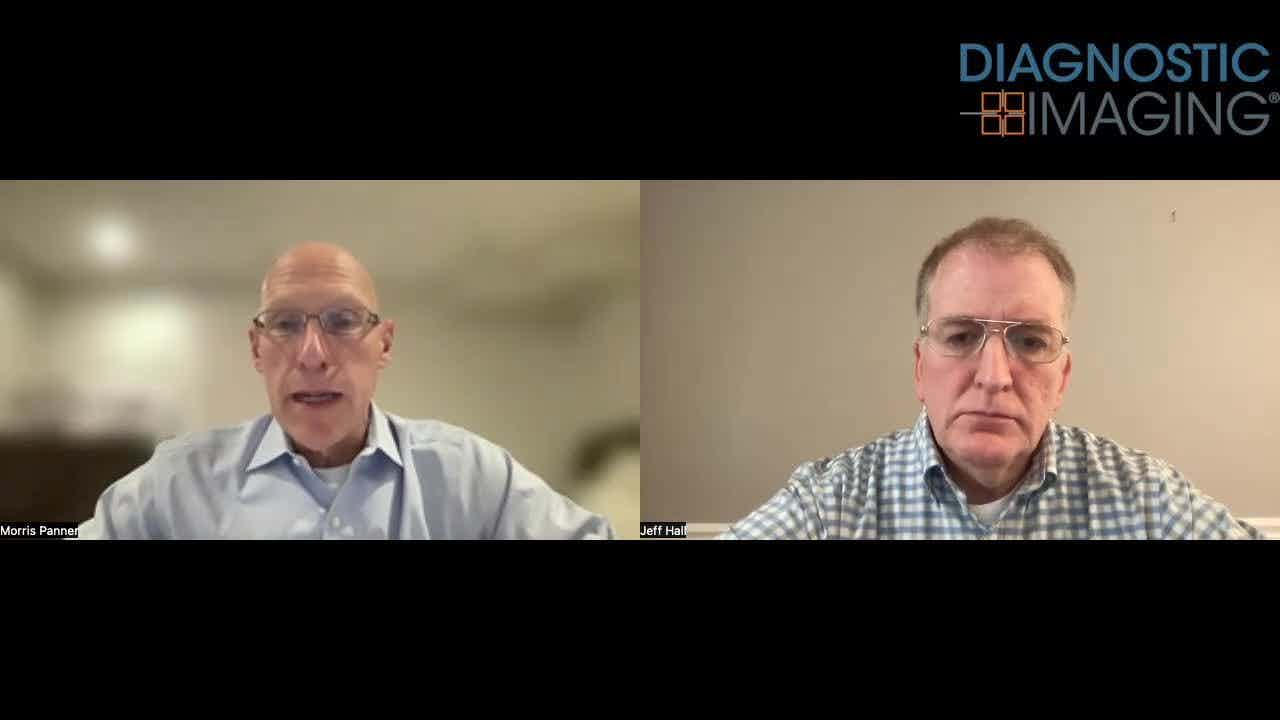In-person Consultations in Emergency Dept Improve Relationships
Radiologists who provide reports in person in the ED improve working relationships with emergency physicians, according to a study at ACR 2016.
Working relationships improve between radiologists and emergency medicine physicians when delivery of imaging findings are done in person, according to a presentation at the 2016 annual meeting of the American College of Radiology.
Researchers from Indiana and Washington evaluated how the working relationship between emergency room physicians and radiologists may be affected by face-to-face communication and consultations.
The researchers performed 87 surveys of communication between emergency physicians and radiologists over one month. Each case involved a cross-sectional imaging study ordered by the ED, which was was dictated by the radiology resident and staffed by an attending radiologist. The results of the examination were delivered to the ordering ED physician via face-to-face communication. During this communication, the disposition of the patient and imaging-related questions were discussed and then the radiology resident shared the imaging findings with the patient via a departmental iPad at the bedside. A short survey was delivered to ED providers after the month long intervention. Measurement was done on the Likert scale of one to five.
There were 25 replies to the survey. A total of 72% of respondents had interacted directly with the radiology resident consultant.
ED providers:
• Reported face-to-face delivery of imaging results increased patient throughput: average 3.84/5
• Agreed that direct review of imaging findings by a radiologist with a patient improves the quality of care delivered in the ED: average 4.2/5
• Agreed that direct review of imaging findings by a radiologist improves patient satisfaction: average 4.3/5
• Did not report that the presence of a radiologist in the ED disrupts their workflow: average 1.8/5
• Reported that the presence of a radiologist does not add value to patient care: average 1.7/5
• Agreed the presence of a radiologist in the ED improved their working relationship with the radiology department: average 4.6/5
Sixty percent of providers reported no reservations or concerns with having the radiologist communicate results to their patients. Of the providers who did have reservations or concerns, 90% were concerned the radiologist may provide inaccurate or conflicting recommendations. Eighty percent of respondents reported seeing radiology as a consulting service and 2% as equivalent to a laboratory service.
The researchers concluded that face-to-face communication, delivery of imaging findings to patients, and a physical presence in the emergency department significantly improves the working relationship between radiologists and emergency medicine physicians.
New Collaboration Offers Promise of Automating Prior Authorizations in Radiology with AI
March 26th 2025In addition to a variety of tools to promote radiology workflow efficiencies, the integration of the Gravity AI tools into the PowerServer RIS platform may reduce time-consuming prior authorizations to minutes for completion.
The Reading Room: Artificial Intelligence: What RSNA 2020 Offered, and What 2021 Could Bring
December 5th 2020Nina Kottler, M.D., chief medical officer of AI at Radiology Partners, discusses, during RSNA 2020, what new developments the annual meeting provided about these technologies, sessions to access, and what to expect in the coming year.










